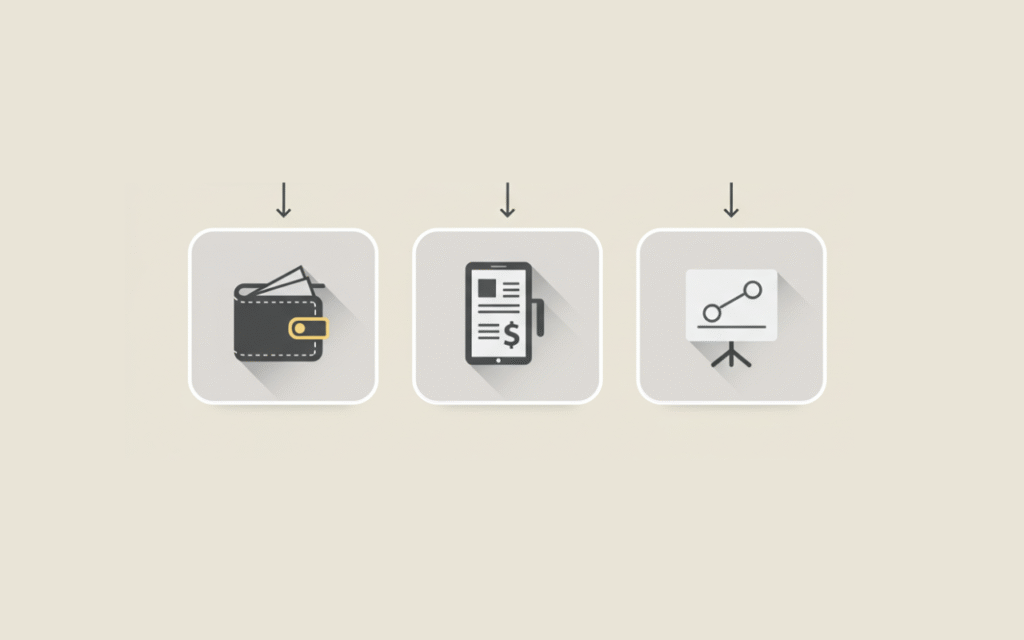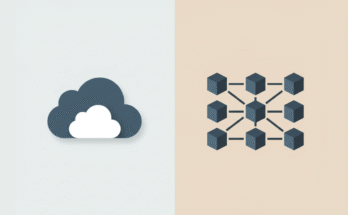Web3 tools are indispensable when developing decentralized applications (dApps) on the ever-evolving Blockchain landscape. They provide infrastructure, testing environments and interfaces that facilitate development while improving security and ensuring scalability.
These tools include smart contract development frameworks to assist developers in creating dApps, as well as wallet tools which allow them to create and distribute NFTs and tokens.

1. RPC Node Providers
Unleashing Dapps on Blockchain networks without RPC can be like communicating with an alien species without a translator. RPC allows client runtime programs to call functions hosted on servers they do not control and return pertinent data such as account balances, transaction details, block history data, contract state and gas estimates etc.
Developers have the option to use public RPC endpoints or host their own on physical servers, though the latter requires more technical expertise and resources. When selecting an RPC provider, consider factors like network compatibility, reliability, uptime, scalability, security features, and available APIs. Transparent pricing and accessible support channels, such as Discord servers, Telegram chats, or email support, are ideal as they often provide 24/7 assistance and helpful documentation to simplify the development process.
2. Smart Contract Development Frameworks
Smart contracts are revolutionizing traditional contract systems by automating agreements and eliminating intermediaries, dramatically cutting costs and improving efficiency. Development firms specializing in smart contract development can assist companies with setting up these decentralized blockchain platforms that offer security, transparency, and trustworthiness across a range of industries.
Top smart contract development firms work closely with stakeholders to gather and review business logic, use cases, constraints and architecture designs before creating an architecture design outlining data structures and functions, including aspects like on-chain vs off-chain data storage options. Furthermore, these firms adhere to coding standards to ensure code that is secure yet optimized for performance.
After developing, they conduct extensive QA testing to verify functionality and ensure it can meet its expected workload, including unit, integration and stress testing. A framework such as Remix, Hardhat or Truffle may be utilized for easier compilation and deployment.
3. Web3 Website Builders
Web3 is revolutionizing the digital landscape, offering developers new opportunities to craft innovative and impactful projects. But for this endeavor to succeed, they require access to an arsenal of tools ranging from smart contract development environments and decentralized application (dApp) frameworks.
There are now websites designed to make building Web3 applications and sites simpler for everyone, without technical skills being necessary. Offering drag and drop functionality, these platforms enable people to design their own unique site without needing coding knowledge or technical capabilities.
Appy Pie’s AI Web3 website builder is powered by Ethereum and provides free, scalable, and secure hosting for even sites with thousands of pages, meaning your site will load quickly and work perfectly no matter the speed of your Internet connection.
4. Decentralized Application (dApp) Platforms
Decentralized applications (dApps), also known as decentralised apps (DA), rely on distributed ledger networks like blockchain to ensure transparency and autonomy for their operation. DApps offer many advantages for developers.
- Transparency: Data transactions are recorded on a public ledger so anyone can verify the integrity of an app’s operations.
- Autonomy: Smart contracts allow dApps to operate autonomously by following pre-programmed rules without human interference or intervention.
- Censorship resistance: Authorities find it harder to shut down or manipulate these apps than others.
DApps can also increase user engagement through token economies that offer rewards for participation and foster a sense of community. For instance, Brave browser allows users to earn Basic Attention Tokens (BAT) when opting in for ads while OpenSea marketplace provides secure NFT transactions.
5. Smart Contract Management Tools
Developers creating decentralized finance (DeFi) and non-fungible tokens (NFT) applications require sophisticated tools to manage smart contracts that allow smart contracts to execute predetermined rules without needing trusted intermediaries. Web3 development tools offer a user-friendly environment for application building. Additionally they enable testing under various conditions to mitigate risk and ensure proper functioning once deployed.
Web3 developers should become conversant in Solidity programming language used for developing smart contracts on Ethereum blockchain. Furthermore, it’s crucial for Web3 developers to recognize the benefits of multi-chain and Layer 2 solutions which increase scalability, reduce transaction fees, and enhance interoperability between different blockchain ecosystems. Finally, having access to cryptocurrency management tools such as wallets and payment gateways would prove beneficial.
6. Decentralized Storage Solutions
Decentralized storage solutions offer significant advantages for individuals, organizations, and businesses compared to traditional centralized options. These solutions enable users to store data off-chain, reducing dependency on a single provider. Even if one node fails, access and provisioning remain uninterrupted, ensuring reliability and resilience.
Decentralized storage networks reward users who share their unused hard drive space with tokens, turning extra gigs on your laptop into a potential source of income. Additionally, these tools provide developers with analytics features to track progress, quickly identify bugs, improve applications, and build user trust offering valuable support for advancing Web3 projects.
7. Analytics Tools
No matter if it be creating a Web3 application or improving existing systems, data analytics tools provide users with the means to perform complex analyses on large datasets. They can even integrate with Business Intelligence (BI) systems for improved analysis and one-stop data access.
Before analysis begins, these tools can assist in prepping data by modeling it. This involves creating a class to represent each piece of information and assigning attributes accordingly, eliminating manual data manipulation while guaranteeing all analyses work on one single dataset.
These tools not only analyze data, but they can also monitor user behavior to allow developers to create highly targeted marketing campaigns that reach a highly relevant audience. For example, Web3-specific analytics platforms enable marketers to monitor wallet interactions and NFT collections and identify trends.



